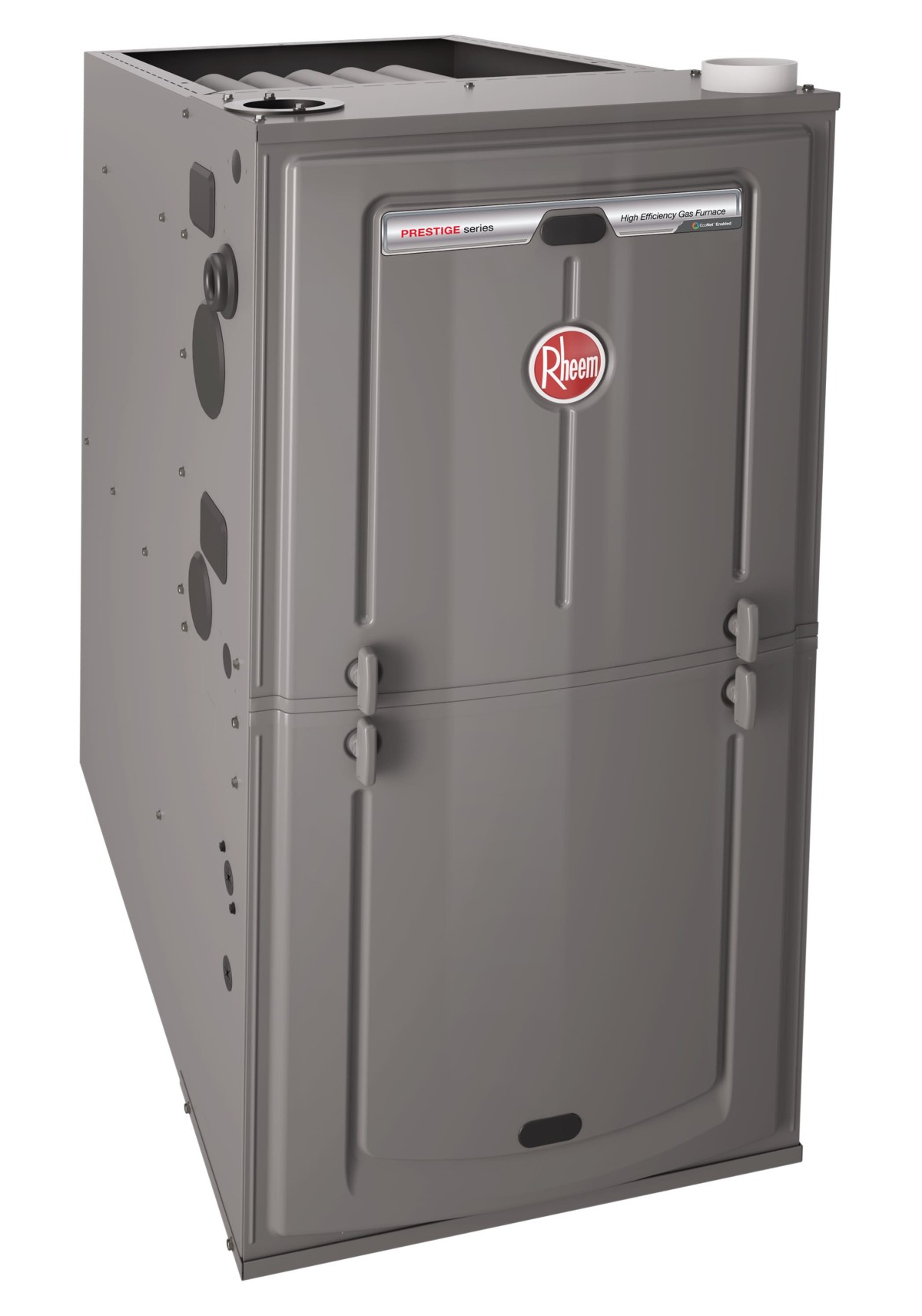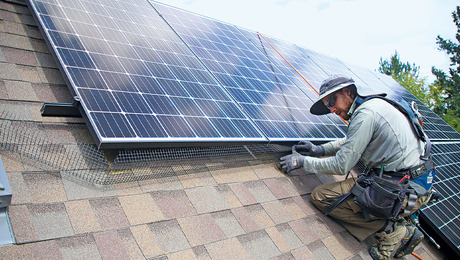
The Department of Energy (DOE) has proposed new standards for gas furnaces that would require a minimum annual fuel-utilization efficiency (AFUE) of 92%, saving consumers billions of dollars in fuel bills over the next several decades.
The proposed rule covers “nonweatherized” furnaces (those intended for use indoors) and furnaces for mobile homes. Under the current schedule, it would take effect in 2021.
According to a blog by Andrew deLaski, the executive director of the Appliance Standards Awareness Project, the new efficiency standards would reduce gas and propane consumption in furnaces by about 13% when compared to basic furnaces on the market today.
The proposed rule, he wrote, would be “among the biggest natural-gas saving standards ever completed by the agency.” When the savings are racked up over a 30-year period, deLaski’s blog said, they would equal the gas and propane heating needs of New England for 17 years, and a net savings for consumers of between $4 billion and $19 billion.
The current minimum AFUE is 78%, but deLaski said by telephone that because it’s virtually impossible to find a furnace with that AFUE on the market today, the de facto standard is now 80%. Later this year, the legal standard will become 80%.
The DOE estimates a homeowner who replaces a furnace with an efficiency of 80% with one running at 95% would save $15.80 for every $100 in fuel costs.
Moving to a new technology
The proposal would spell the end of conventional gas furnaces, which are vented in masonry or metal chimneys, and move everyone to condensing furnaces. Condensing appliances, which already available with efficiencies of more than 95%, produce an extra measure of heat by condensing water vapor in flue gases.
Condensing units can be vented through plastic pipe, rather than a standard chimney, which makes them less expensive to install overall than a conventional furnace in new construction, deLaski said. When installed as a replacement, DOE has previously estimated, a condensing furnace would cost between $575 and $900 more than a standard furnace, with a simple payback of seven years.
The department will take public comment on the proposal and publish a final rule by March 2016. It would go into effect five years after that, but manufacturers and retailers could sell through old stock before shifting to more efficient models.
The proposal is part of a long rule-making process that pitted efficiency advocates, who wanted stiffer requirements, against manufacturers and the gas industry. A “consensus agreement” between advocates and manufacturers led to new DOE standards in 2011, but the American Public Gas Association filed suit to block them from going into effect. That, in turn, helped produce a settlement agreement last year that vacated the 2011 standards and required a new round of DOE ruling-making, deLaski wrote.
Before adopting the 92% rule this time around, DOE had considered a AFUE standard of 95%, he said, and even looked at a 98% efficiency standard. The minimum requirement could still change before DOE publishes the new rule next spring.
Boilers, which heat water instead of air, are covered under separate regulations. New efficiency standards for those appliances are expected soon.
Fine Homebuilding Recommended Products
Fine Homebuilding receives a commission for items purchased through links on this site, including Amazon Associates and other affiliate advertising programs.

Reliable Crimp Connectors

8067 All-Weather Flashing Tape

Handy Heat Gun

High-efficiency condensing furnaces like this 96% efficient Rheem will become the norm should new standards proposed by the Department of Energy take effect in 2021.



























View Comments
Opinions, it is said, are like fingers; most folks have a couple handfuls of them. So, if you want your opinion to stand out, you need data.
Well, here's some data .....
Checking a common HVAC supplier, I compared same-brand gas furnaces. Same physical size, same style, the only differences being the AFUE and price. What did I find?
Using the figures that would give the least favorable results, I found that the 95 AFUE furnace would take about a decade for fuel savings to cover the increased cost.
Consulting a few installers, this increased equipment cost added about 15% to the cost of a furnace replacement.
My conclusion? That's a reasonable payoff period, at a very modest increase to the cost of the job. For a homeowner, that is; businesses would typically expect the payoff to take no more than three years- half the time my most optimistic numbers would let you expect.
Opinions? These regulations are both unnecessary and counter-productive. Here's why:
Right now, anyone buying a furnace FOR THEMSELVES already have plenty of reason to buy the more efficient unit. Only those who care not about the operating expense - landlords and flippers - would choose the cheaper units.
Remove the cheaper units from consideration, and there is no longer any 'choice' available to keep the prices of the efficient units down. Remove the "economy" option, and the price of the units will go up.
This higher price will, in turn, encourage continued use of even older, less efficient units. An extra $1000 in replacement cost just might cause me to try to get another few years out of my 1957 furnace.
Bin the regulations. Let the "invisible hand" of Adam Smith operate. Free markets work every time they're tried.